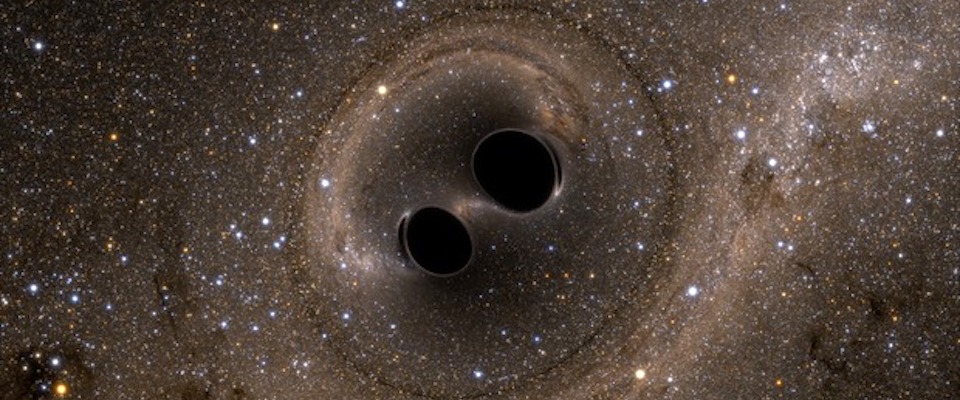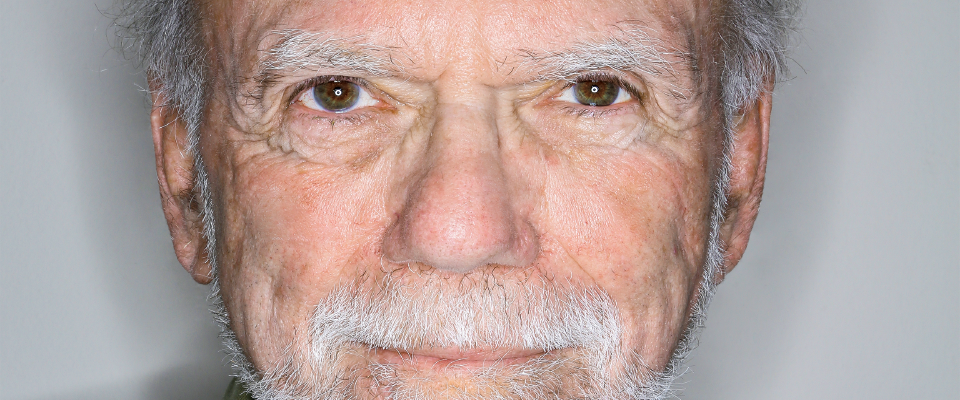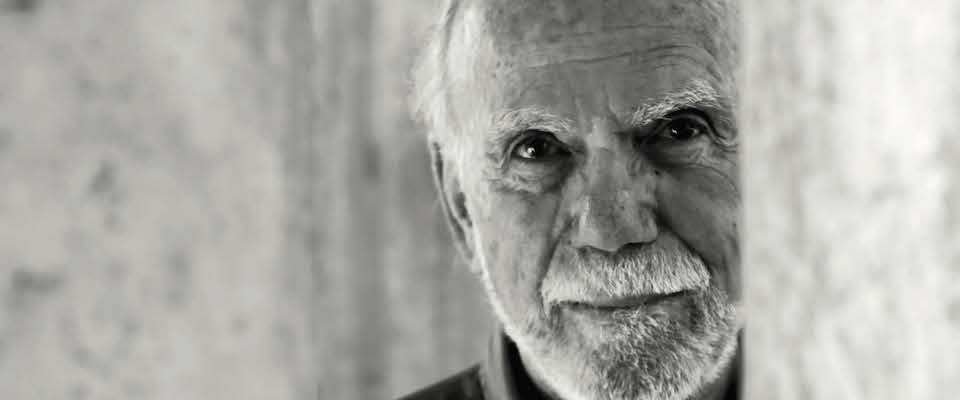After much speculation and bated breath, two-time UC Berkeley alumnus Barry C. Barish (BA ‘57, PhD ‘62) has been awarded this year’s Nobel Prize for Physics.
Barish shares the prize with fellow Caltech physicist Kip Thorne and MIT physicist Rainer Weiss. The trio earned the recognition for their groundbreaking detection of gravitational waves—ripples in the fabric of space that spread through the universe.

Albert Einstein had predicted the existence of such waves as part of his general theory of relativity more than 100 years ago, but he and his contemporaries believed they would be impossible to detect.
So what are these waves, why are they important, and how did the team find them?
We asked UC Berkeley astronomy professor and unofficial ambassador of astrophysics Alex Filippenko to provide some answers. Filippenko was named the US National Professor of the Year in 2006, and is a perennial favorite among students for his energetic lectures and a passion for the subject that borders on obsession.
Filippenko explained that, according to Einstein’s theory, large bodies in the universe create “dimples” in the shape of space. Picture a bowling ball rolled across a trampoline.
“In Einstein’s general theory of relativity, what mass does, or what energy does, is warp, that is, bend the shape of space,” said Filippenko. “And it actually affects the passage of time as well. So matter creates this sort of a dimple around it, in the shape of space. Like a little curvature—and so the moon goes around earth, following its natural a path, in an intrinsically curved space.
“Imagine a piece of rubber stretched across a drumhead, and then stick a brick or bowling ball in it. If you then flick a ping pong ball onto the drum, that ping pong ball will roll around on the surface in a curved path, not in a straight line the way it would had there not been that brick or bowling ball. That’s what gravity is, in Einstein’s view,” said Filippenko. “It’s not really a force, it’s that objects produce a warping in the shape of space.”
Sometimes, these giant celestial bodies come into close contact with each other, and begin to spiral into each other’s orbits. The holes they cause in space overlap, their dimples bump around and finally merge, blasting an even stronger wave of ripples through space.
“It’s a little bit like if you were to take two fists and stick them into a pool of water, and then rotate them about each other—a wave would propagate outward from your two fists in the pool,” said FIlippenko.
When the waves rush outward—at the speed of light, scientists predict—they distort the shape of objects in their path. Things get stretched, and squashed, stretched and squeezed, this way and that—but only by a fraction. The scientific challenge of the last century was to design, execute, and perfect a way to capture those distortions.

Enter LIGO, the Laser Interferometer Gravitational-Wave Observatory. Built in the 1990s, but conceived decades prior, LIGO is basically a pair of giant wave detectors, spaced thousands of kilometers apart. Each detector looks like a large L, with two armlike tunnels that house finely calibrated lasers of equal length: 2.5 miles. If a gravitational wave passes by, the arms are designed to contract or lengthen ever so slightly, throwing the light of the lasers off by a tiny, but crucial, degree.
Barish, who received his bachelor’s in physics from UC Berkeley in 1957 and his PhD in experimental particle physics in 1962, was instrumental in not only improving LIGO’s technical issues, but also in smoothing out logistical bumps that inevitably arise in a project of its size. In particular, he led the effort to obtain funding from congress at a time when many regarded it as a “pie in the sky type of project,” Filippenko said.
“He was the voice of calm and reason that got a lot of people through some extremely difficult and touchy situations, from what I understand,” Filippenko said, “getting people to work together, to cooperate and be friendly, and not be at each other’s throats because Person A thinks it should be done one way and Person B thinks it should be done another way. He was Mr. Compromise and was able to get the collaboration working smoothly, and that’s no small feat.”
Over the years, the LIGO team worked to improve the instrument’s senstivity and in September 2015, it detected its first gravitational wave.
The cosmic culprit: Two black holes—each about 30 times the mass of our sun—that collided 1.3 billion years ago. The change detected in LIGO’s arms? 1/1000 the length of a proton.
“We were overjoyed,” said Filippenko, speaking of the astronomy community at large. “It was almost disbelief that this tiny, tiny variation in the length of these arms could actually be detected. This was a feat that was thought to be impossible, or at least extraordinarily difficult, a few decades ago. So this is extremely exciting, and it’s very well deserved.”
For Filippenko and others, the real significance of LIGO is what its capabilities mean for future research. The ability to study gravitational waves opens a new window into the universe, and a way to study cosmological phenomena and celestial bodies that would have been otherwise invisible.
“This is like Galileo first looking at celestial objects through an optical telescope back in December of 1609,” said Filippenko. “That’s the kind of thing we’re talking about, 400 years later.”





















